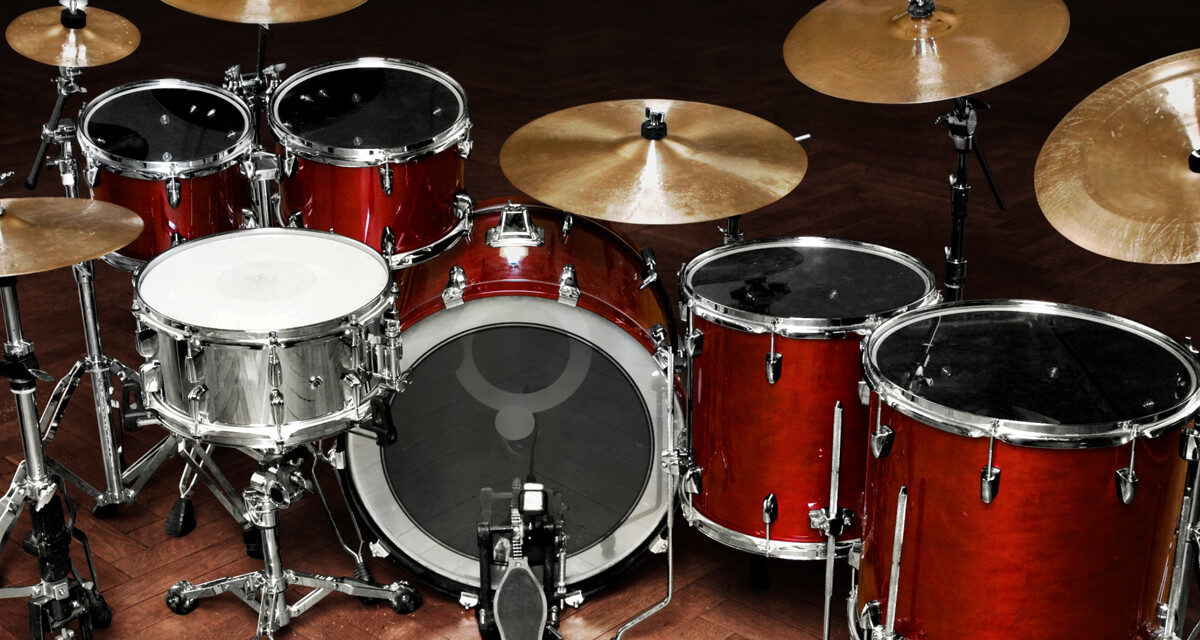So, you want to learn how to play the drums? Excellent choice. Playing the drums is a fun, rewarding hobby that provides an outlet for creativity and a way to relieve stress. The key is to start with the basics. You don’t need expensive gear or years of lessons to get started. All you need are a pair of drumsticks, a practice pad, and the motivation to learn.
In this article, we’ll cover the essentials to get you playing. You’ll learn what will be included in drum lessons for beginners how to hold the drumsticks properly, basic drum rudiments to build coordination, simple drumming techniques, and a few beginner drum beats to practice.
We’ll also discuss the different types of drum kits so you know what to look for when you’re ready to buy your first set.
Choosing a Drum Set for Beginners
So you want to start drumming? The first step is getting a drum set. For beginners, an entry-level acoustic set with 3-5 pieces is perfect to learn without breaking the bank.
Look for a set with a bass drum, snare drum, at least one tom-tom, a floor tom, hi-hat cymbals, and a crash cymbal. Brands like Pearl, Tama, and Yamaha offer affordable starter sets for new drummers. Buy used or new, but make sure all the parts are in working order.
An acoustic set is ideal for home practice since electronic sets require headphones. Place your set on carpet or a rug in a room away from neighbours. Position the bass drum pedal, hi-hat, and snare at a comfortable height where your arms can rest and your wrists stay straight.
Once you have your gear, it’s time to start making some noise! But first, invest in a pair of drumsticks and drumming gloves or pads to protect your hands while you build up calluses.
Proper Drumming Posture and Grip
To start drum lessons for beginners, you need to get into the right position. Sit up straight on your drum throne with your back straight and shoulders back. Your knees should be bent at a 90 degree angle, and your feet should rest flat on the floor.
Hold your drumsticks properly. Grip the stick between your thumb and first two fingers. The stick should rest comfortably on the fleshy part of your fingers, not the joints. Keep your wrists straight and loose. Don’t choke up on the sticks—hold them towards the end for the most rebound.
Your arms should be slightly bent at the elbow and held away from your body at about a 45 degree angle. Keep your upper arms stationary near your sides and move only from the elbow. This gives you the most efficient motion and control.
Start slowly with basic strokes. The key is to use your wrists, not your arms. Keep your elbows in and pivot from your wrists. Tap lightly on the drum head using a simple up and down stroke.
Conclusion
So, there you have it, the basics to get you drumming. You’ve learned about selecting the right drum set and sticks for your needs as a beginner. You know how to hold the sticks and some simple rudiments to practice properly. You just need to find the tutor who can provide you drum lessons for beginners and can set of beats and fills under your belt. Now it’s time to start putting it all together and making some music.
Source By : Drumming for Beginners: The Essentials to Get You Playing


